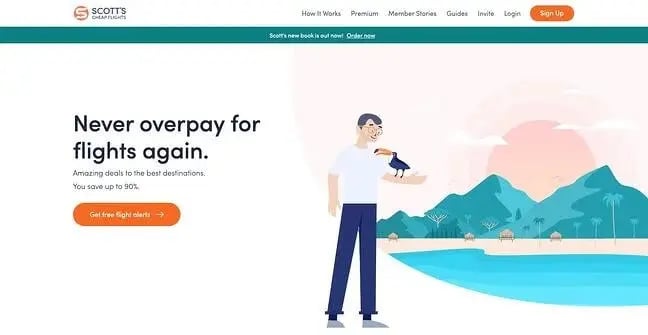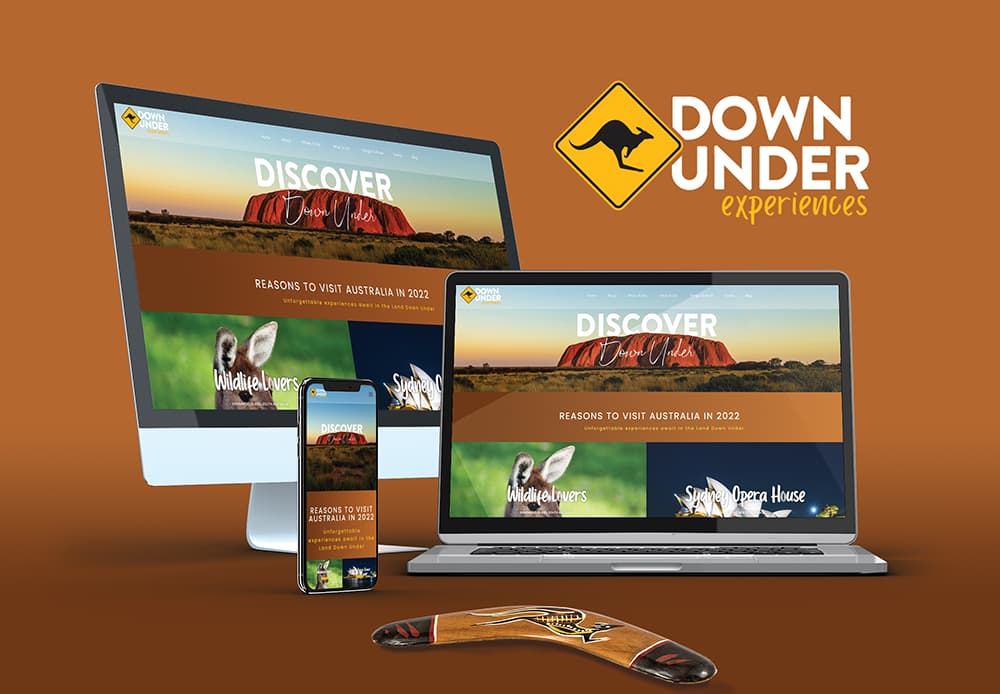Website Design Strategies to Ensure Your Site is Visually Appealing and User-Friendly
Website Design Strategies to Ensure Your Site is Visually Appealing and User-Friendly
Blog Article
Modern Internet Site Layout That Captures Interest and Converts
In a progressively digital landscape, modern website design has actually arised as a pivotal consider capturing user focus and driving conversions. By strategically employing visual hierarchy, responsive designs, and engaging interactive aspects, designers can create experiences that not just attract visitors however likewise assist in significant interactions. Effective call-to-action approaches play a critical function in leading individuals towards preferred end results. As we check out these essential parts, it ends up being clear that comprehending their interaction can substantially affect an internet site's performance and customer contentment. What are the vital elements that truly make a difference?
Importance of Visual Hierarchy
Aesthetic power structure is a crucial element in site style, as it overviews individuals' attention and improves their total experience. By purposefully arranging web content, developers can direct users to the most vital info first, therefore boosting engagement and boosting functionality. Effective aesthetic power structure utilizes different methods, including size, spacing, contrast, and shade. Larger components normally draw the eye, while contrasting colors can stress essential messages, making them stand apart amongst more subdued parts.
Including a rational circulation in content plan is essential; for example, placing one of the most critical info on top of a page cultivates immediate recognition. Additionally, constant use typography, such as varying font sizes and styles, aids develop a clear material framework. This organization not just help in navigating however also develops trust fund, as customers really feel extra comfy when they can quickly discover what they are looking for.
Inevitably, a well-executed aesthetic power structure not just boosts visual allure but also dramatically impacts individual actions. By focusing on essential elements and making certain a smooth experience, designers can efficiently convert visitors right into clients, strengthening the importance of this fundamental layout concept in modern-day web site advancement.
Responsive Style for All Tools
Developing a smooth experience across numerous gadgets is crucial in today's digital landscape, where customers gain access to websites from desktop computers, mobile phones, and tablets alike. Receptive layout is an essential method that makes sure sites adapt fluidly to different display positionings, dimensions, and resolutions. By using flexible grids, pictures, and CSS media queries, developers can develop formats that maintain visual honesty and capability, despite the tool being made use of.
The importance of receptive style extends beyond appearances; it directly affects user interaction and conversion prices. A site that functions well on all tools encourages longer brows through and lowers bounce rates, as customers are more probable to interact with content that is simple to browse. Search engines, particularly Google, focus on mobile-friendly websites in their positions, making receptive style an essential component of search engine optimization (SEO)
Integrating responsive style not just enhances user experience but additionally improves the advancement process. By developing a solitary site that works across gadgets, companies can save time and sources compared to creating separate mobile and desktop versions. Ultimately, receptive layout is a fundamental strategy for contemporary website design, ensuring accessibility and complete satisfaction for all users, regardless of their tool.
Involving Interactive Elements
While a receptive style prepares for a functional web site, incorporating appealing interactive elements is critical for catching individual focus and promoting much deeper connections. Website Design. Interactive components, such as animations, tests, and clickable infographics, create an extra dynamic individual experience, motivating visitors to invest even more time on the site
Incorporating interactive functions can additionally lead users through complex information, making it much easier to absorb material. For example, interactive sliders can illustrate product variations, while embedded video clips can give demos or testimonies that resonate greater than pop over to this site static images or message. Moreover, gamification techniques, like rewards for involving or completing jobs with web content, can enhance individual inspiration and retention.
Reliable usage of interactive components not just enhances the individual experience but can also bring about greater conversion prices. By making communications enjoyable and interesting, services can cultivate a feeling of loyalty and count on with their target market. It is crucial to stabilize interactivity with performance; excessively intricate attributes may impede site speed, adversely affecting individual contentment. Inevitably, incorporating well-designed interactive elements can substantially raise a site's effectiveness, driving involvement and conversions in today's affordable digital landscape.
Structured Navigating Practices
Efficient navigating is a keystone of any kind of successful site, as it directly influences customer experience and material ease of access. Streamlined navigating practices ensure that users can easily locate info, boosting their communication with the website. A well-structured navigation menu must be basic and instinctive, commonly featuring a limited number of main groups to prevent overwhelming site visitors.
To achieve structured navigation, designers should focus on a hierarchical framework that rationally arranges material. Carrying out breadcrumb routes can supply customers with context about their current place within the site, enabling seamless backtracking. Additionally, making use of drop-down menus can properly conserve space while still offering access to subcategories.
Responsive design is crucial, as navigating should be practical across all devices (Website Design). Mobile customers, specifically, gain from touch-friendly menus and collapsible sections that keep usability without endangering aesthetics

Effective Call-to-Action Techniques
A well-crafted call-to-action (CTA) is important for directing individuals towards preferred results on a website, as it encourages them to engage with content or make a purchase. To optimize their performance, CTAs ought to be clear, compelling, and tactically placed throughout the site.
First, make use of action-oriented language that interacts seriousness or value, such as "Get going," "Join Now," or "Claim Your Discount." This language not just inspires customers however also sets clear assumptions regarding the following steps.
Second, take into consideration style aspects; CTAs should stand apart visually through contrasting you can look here shades, enough whitespace, and prominent positioning. A button that is simple to see and click rises the probability of user communication.
Additionally, individualizing CTAs based upon individual behavior or demographics can substantially improve involvement. Tailored messages resonate a lot more with customers, driving greater conversion rates.

Verdict
In final thought, modern-day site layout highlights the integration of visual hierarchy, see here responsive designs, involving interactive elements, structured navigation, and effective call-to-action methods. These components collectively enhance user experience, guaranteeing that site visitors stay engaged and motivated to explore material better. By focusing on these design principles, services can dramatically improve individual retention and conversion prices, eventually bring about greater success in the electronic landscape. The continual evolution of website design highlights its crucial duty in efficient online interaction and advertising.
In an increasingly electronic landscape, modern-day internet site layout has actually arised as a critical factor in capturing customer focus and driving conversions.Visual hierarchy is a crucial element in site design, as it overviews individuals' interest and improves their overall experience.The significance of responsive design expands past appearances; it directly affects customer interaction and conversion rates.Including responsive layout not just enhances customer experience however likewise simplifies the advancement procedure. Eventually, responsive design is a fundamental technique for modern website style, ensuring availability and fulfillment for all users, no matter of their device.
Report this page